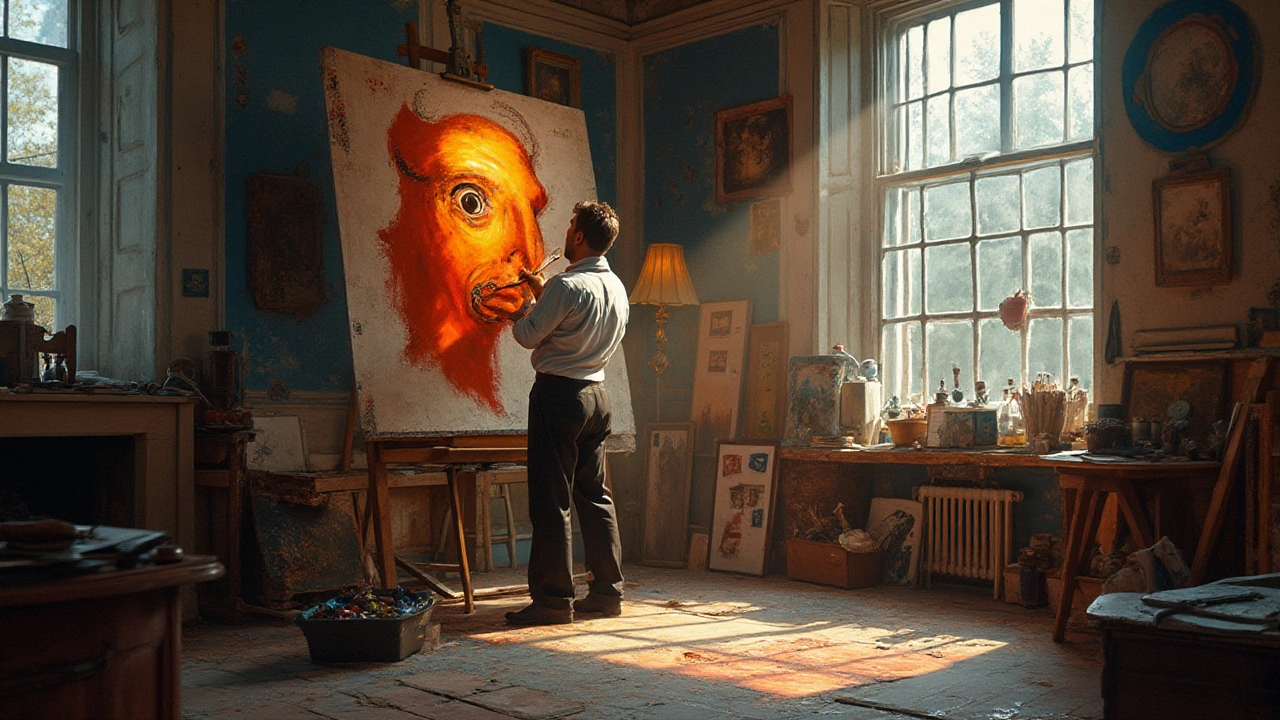Famous Painters: Artists You Should Know
Who are the painters that changed how we see art? This page gives you a clear route to know the big names, spot their styles, and learn from them. Instead of long history, you get quick, useful pointers: what to look for, which artists to study, and how to practice like a pro.
Start by learning one clear thing about each artist: their main idea. Caravaggio pushed drama with light and real people. Picasso broke forms into planes in Cubism. Jackson Pollock freed paint to express energy in Abstract Expressionism. Richard Estes and Chuck Close chased extreme realism in Photorealism. Frida Kahlo used personal stories and symbolic details. Keep a short note for each artist you study - one sentence about their main idea and one visual trait to spot.
How to study famous painters fast
Pick three painters from different eras. Spend 30 minutes on each: look at five works, write three quick observations, and copy a small detail for 20 minutes. Focus on composition, color, and brushwork. Ask simple questions: What draws my eye first? Where is the light coming from? What repeating shapes or colors appear? Doing this regularly trains your eye faster than reading long bios.
Use online museum views and high-res images. Museums like the Met, Tate, and MoMA offer zoomable images for free. If you can, visit a local gallery to see paint texture and scale - photos hide texture, and texture matters. When you see a work in person, note how it feels in the room: small paintings can feel loud and large ones can be intimate.
Styles and a short starter list
Trying to learn everything? Start with movements, not names. Pair a movement with one painter to remember the idea: Baroque - Caravaggio; Cubism - Picasso; Abstract Expressionism - Pollock; Photorealism - Richard Estes; Surrealism - Salvador Dalí; Harlem Renaissance - Aaron Douglas; Bauhaus (design influence) - artists like Paul Klee and Wassily Kandinsky; Primitivism - Paul Gauguin. For each, note one typical subject or technique and one emotional or visual effect.
Practice by copying, not tracing. Recreate a small section to learn brushwork and color mixing. Keep a sketchbook of ideas: thumbnails, color swatches, quick notes on technique. Share what you make with a friend or online group and ask one focused question: "Does the light read as warm or cool?" Feedback speeds learning.
If you want guided learning, follow a short course focused on one movement at a time. Museums and many art blogs offer free lessons and short video tours. Stick with one movement for a month, then switch. After six months you'll recognize artists by style, not just by name - and you'll learn faster than flipping through long lists.
Bookmark three reliable resources: a major museum site, a focused blog, and one artist monograph. Rotate resources weekly so you see both big-picture trends and deep dives. Keep a running list of details you notice - favorite palettes, recurring symbols, clever compositions. Over time those notes become your personal map of famous painters.

